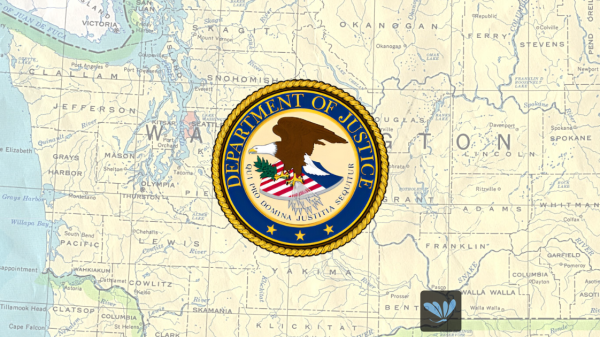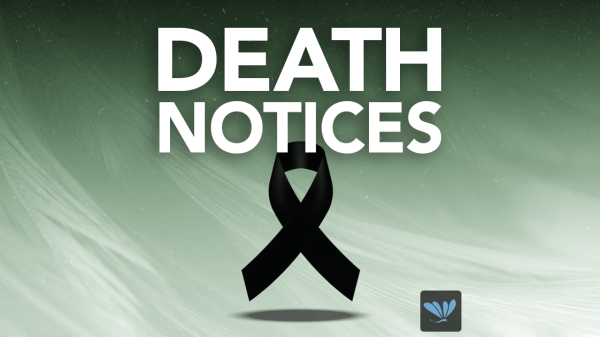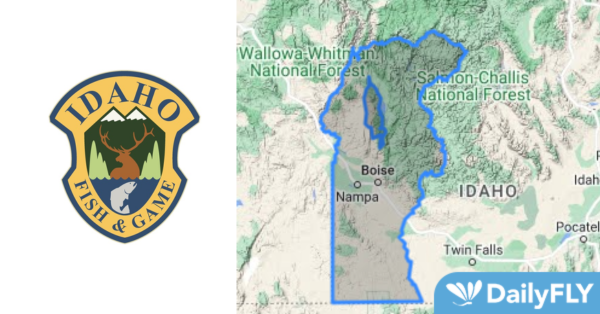This the first CWD outside Unit 14 and the first of the fall 2023 hunting season
Idaho Fish and Game recently received test results confirming a positive case of chronic wasting disease in a mule deer buck harvested roughly 7 miles south of New Meadows in Game Management Unit 32A. This is the first known case of CWD outside of Unit 14 north of Riggins, where the disease was first detected in Idaho in the fall of 2021.
Fish and Game would like to get as many samples as possible from animals in Unit 32A and adjacent units to try and determine the extent of the disease in that area. Fish and Game is asking that all hunters participating in deer or elk hunts that are still open in Units 32A, 22, 23, 24, and 32 have their harvested animal tested for the disease. Hunters can take heads of harvested deer and elk to any regional Fish and Game office for sampling or get directions at idfg.idaho.gov/cwd on how to remove lymph nodes themselves and submit them for sampling.
This is the first positive case of CWD from the 2023 fall hunting season, but more samples are currently at the lab and those test results will arrive throughout November and December.
“This is an unfortunate situation, but it’s why we test throughout the state for this disease,” Fish and Game Director Jim Fredericks said. “If it’s on the landscape, we want to know where, and we rely on hunters to provide samples so we can test for it and continue to manage to limit the spread of this disease.”
Fish and Game is also asking people to report any road killed deer and elk in the Highway 95 corridor between Riggins and Weiser and any deer or elk that appear sick. People can call the Nampa regional office at (208) 465-8465, or the McCall regional office at (208) 634-8137 to report. People can also use the roadkill reporting webpage.
Chronic wasting disease is a contagious, fatal neurological disease that affects deer, elk and moose. There is no cure for CWD, no reliable live test for wild animals, and no vaccine for CWD. It is found in 31 states and four Canadian provinces, including all neighboring states east of Idaho. The disease affects the brain of infected animals, and symptoms include excessive salivation, drooping head/ears, tremors, extremely low body weight, and unusual behavior, such as showing no fear of humans and lack of coordination.
The disease detection in Unit 32A will likely be managed differently than the 2021 CWD detection in Unit 14 because most mule deer migrate out of Unit 32A in early November and disperse into lower-elevation winter ranges in the surrounding units.
“This situation is considerably different than Unit 14 for that reason,” Fredericks said. “In the Slate Creek area north of Riggins, most animals remain nearby year-round, but migration patterns and winter ranges of deer where this particular animal was harvested are more complex. Most animals have already moved out of the northern part of unit 32A and will not return until spring.”
The Fish and Game Commission has a regularly scheduled meeting Nov. 15-16 in Lewiston where they will hear an update on the situation.










































